Does dessert wine intimidate you even more than regular wine? We ask sommelier Richard Hanauer to give us the lowdown on the sweet libation. He is wine director for RPM Restaurants in Chicago and Washington, D.C., and partner and wine director at Spanish-inspired Bar Ramone in the Windy City. Here, he shares his knowledge of this oft-overlooked family of wines.
Amex Essentials: What is dessert wine, exactly?
Richard Hanauer: Simply put, dessert wine is a wine that drinks sweet. There are wines that are dry and off-dry, but dessert wines are ones that consumers taste as being sweet.
Are there different types of dessert wines and, if so, what should I look for?
There is literally a planet full of different types of dessert wines! They’re usually broken down into two main categories: fortified (which sees the addition of a neutral grape spirit for increase in alcohol but not flavour) and unfortified. Fortified wines tend to be darker in colour and nuttier in flavour, and come in dark bottles. Non-fortified wines are usually more fruity, lower in alcohol and are found in clear glass bottles with golden tones.
Within these two categories of fortified and unfortified, there is an unravelling differentiation between the different styles. Fortified wines not only come in a variety of styles but, more interestingly, a variety of ages. Regions that produce Port, Madeira and Sherry are famous for the ageing of wines – thanks to the addition of grape spirits, which allow the wines to age incredibly well – but not for incredible prices. Non-fortified dessert wines are produced in a myriad of styles – late-harvest, ice wine and noble rot, the latter of which is found in Sauternes, Tokaji and Recioto di Soave, for example, and which reduces the grapes’ water content while increasing the sugar content – not to mention the multitude of places from which they originate, as well as the grape varieties and vintages available. Although non-fortified wines age incredibly well, they’re usually sold as current releases.

The wine and dessert need to have the same level of sweetness. A very sweet wine paired with a minimally sweet dessert will overpower the dessert, and vice versa. Also, you should ensure that the flavours are appropriately paired: A fruity dessert goes best with a fruit-forward wine, like Sauternes. A chocolate-based dessert is amazing with a fortified wine like Port.
I’ve seen dessert wines on wine store shelves before, but why do they usually come in such small bottles?
Dessert wine is really concentrated and viscous; it packs a lot of flavour, sweetness and concentration into a very small vessel, so you really don’t need to drink as much of it as you would drier wines. One glass is enough for the evening.
Do fortified wines like Madeira or port constitute dessert wines?
Absolutely, though not all fortified wines are dessert wines. You’ll find really great renditions of fortified wines that constitute dessert wines – most famously from the Port region.
What is the number 1 rule when it comes to pairing dessert wine with dessert?
The wine and dessert need to have the same level of sweetness. A very sweet wine paired with a minimally sweet dessert will overpower the dessert, and vice versa. Also, you should ensure that the flavours are appropriately paired: A fruity dessert goes best with a fruit-forward wine, like Sauternes. A chocolate-based dessert is amazing with a fortified wine like Port.
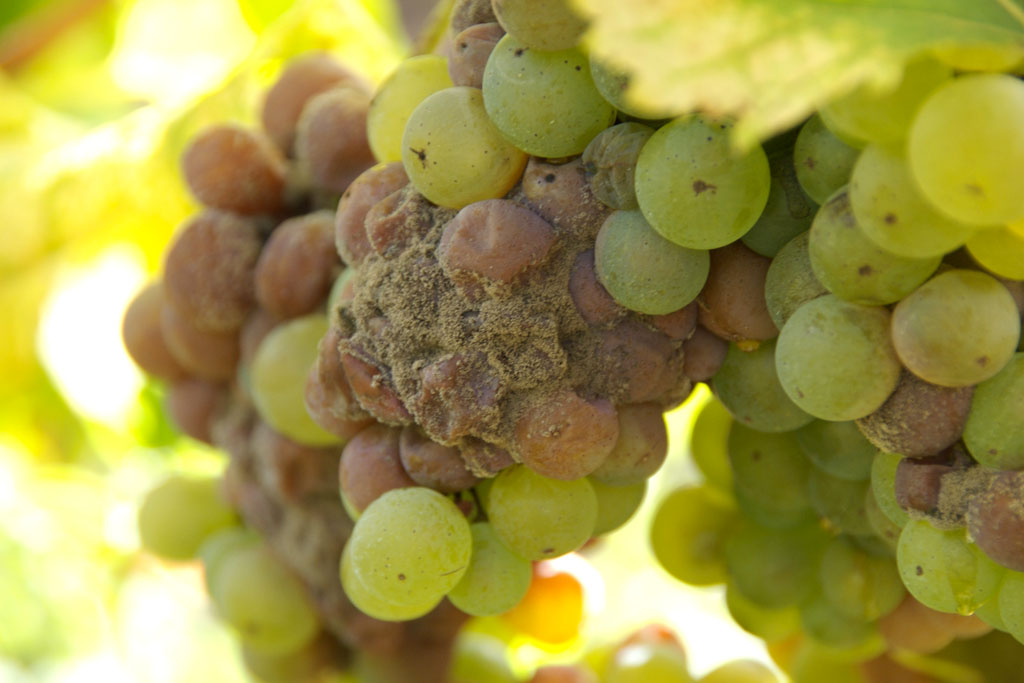
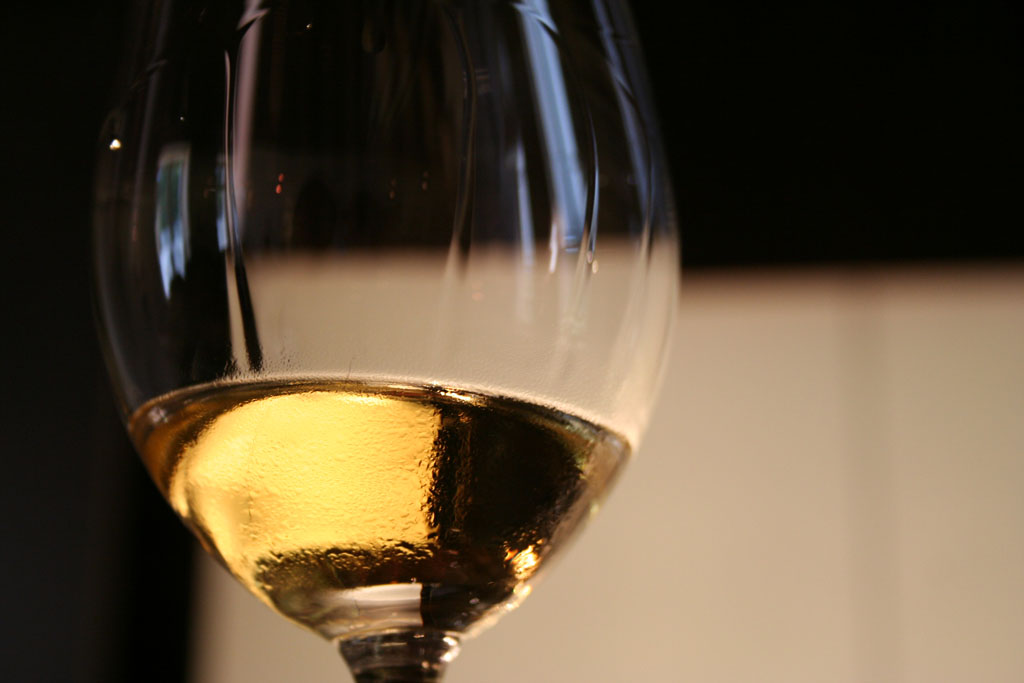
Picture left: noble rot [Edwin/Flickr], Picture right: Château d’Yquem, Sauternes [Megan Cole, Flickr]
Can I pair dessert wines with savoury dishes as well?
Yes, the beauty of a sweeter wine is that it does go well with salty and more savoury dishes. The food will greatly change how the wine tastes, however, and make it seem more dry than it actually is. A classic example of this pairing is paté or torchon of foie gras. Some dessert wines also go really well with spicy food.
My wine-loving guests heard about my plans to serve a tasty dessert wine and muttered something about “noble rot”. Should I be worried?
One of the most treasured styles of dessert wine is affected by a rot in the vineyard, called Botrytis cinerea – aka “noble rot”. This fungus dries the grape from the outside in, making the water content significantly lower and the sugar significantly higher [wines made by the process are sometimes called “botrytised wines”].
What makes noble rot superior to other forms of dehydration is that it affects the wine for the better, inducing aromas of honey and saffron. As the old adage goes: When you harvest a vine in Bordeaux, you make a bottle of wine. When you harvest a vine in Sauternes, you make a glass of wine.
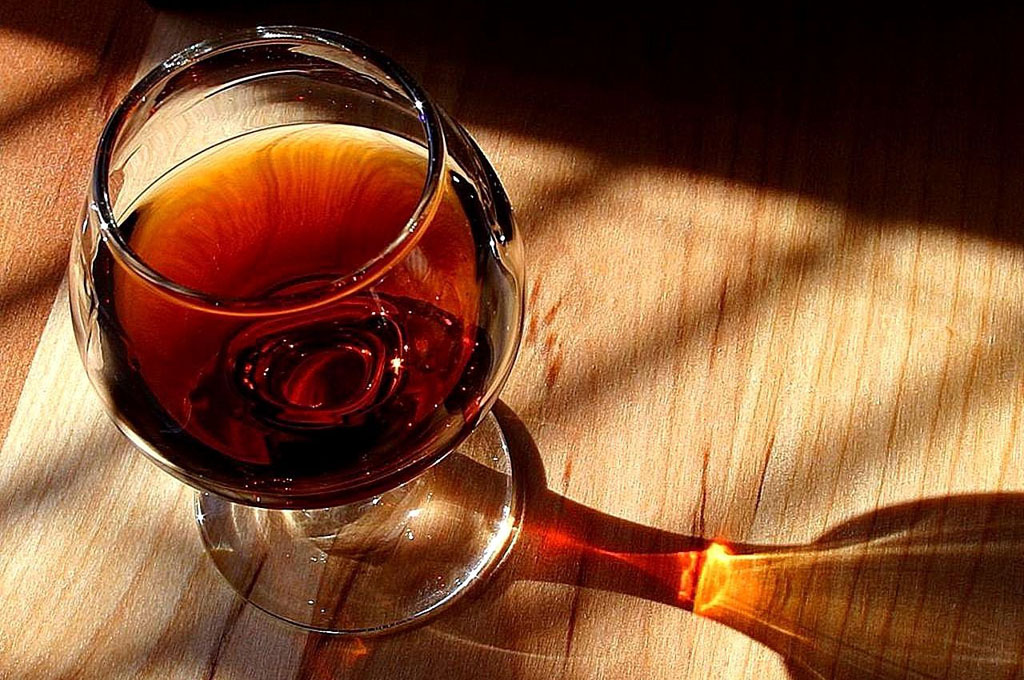
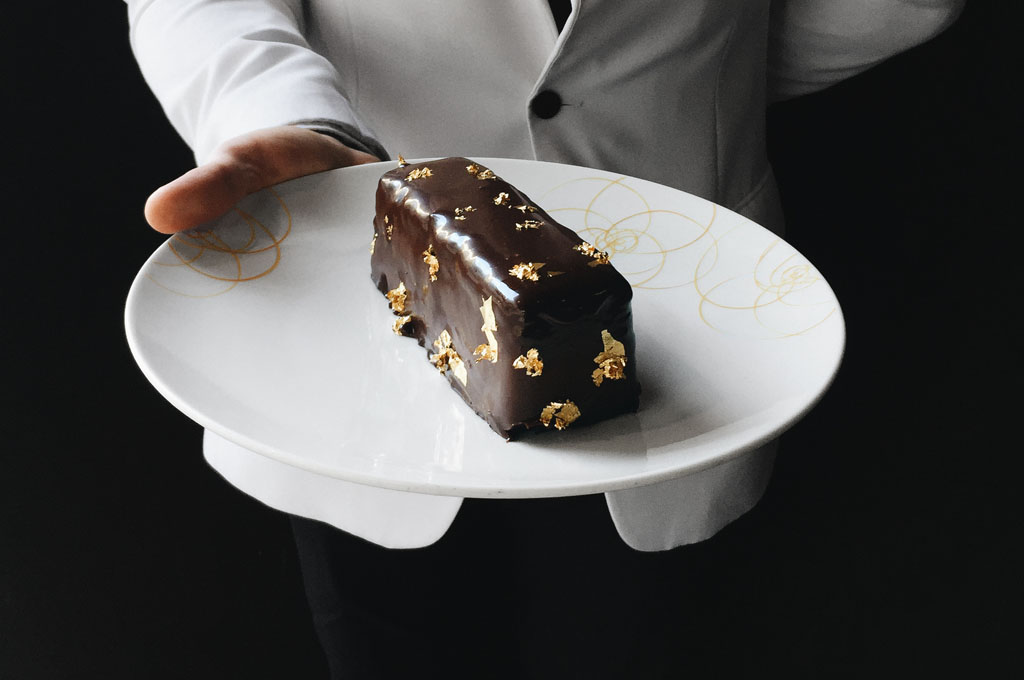
[Picture left: Tawny Port, Picture right: 14k Chocolate Cake, RPM, John Stoffer]
What price range should I expect to pay for a good bottle of dessert wine?
The entire range should be expected; prices can range anywhere from $10 to $1,000 and every number in between. The good news? Sugar is delicious, and you don’t have to splurge to get a great wine. The added value is that, once opened, dessert wines last a lot longer in your fridge than dry wines, so you’re getting more bang for your buck.
My guests consider themselves wine experts. How can I impress with my selection of dessert wines for the holidays?
Go with a wine from the Tokaj region. Hungary is currently producing the best-value dessert wines out there, and the vintners have a lot of pride behind their winemaking. Tokaji drinks similar to Sauternes, but at a fraction of the cost. You don’t need to spend more than $20 or $30 on a (half) bottle. Any type of dessert that incorporates honey, such as honey cake, would go really well here.
Next, I would look to the Veneto region of Italy, which is famous for a style of dehydrating grapes called appassimento, for its Recioto di Soave wine. This wine uses fruit that has been laid out on straw mats for weeks or months to dry, which concentrates the sugar content and flavour. It pairs well with cheesecake topped with fruit compote, particularly peach. A warm peach pie would also be amazing here.
Lastly, one of the really great dessert wines is 20-year tawny port, which presents all the flavours of an aged port, but at an approachable price point. Pair it with chocolate desserts – the 14k Chocolate Cake at RPM Steak is a safe bet!
Opener photo: Sleeping Tokaji [Adam Singer/Flickr]


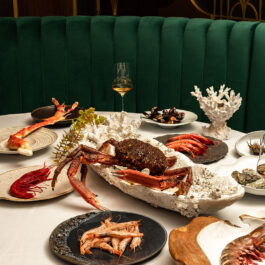











Sorry, the comment form is closed at this time.